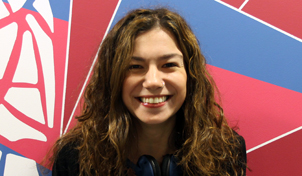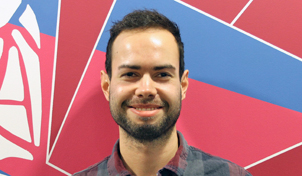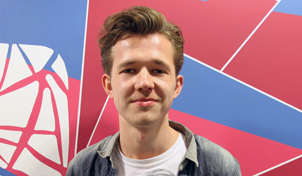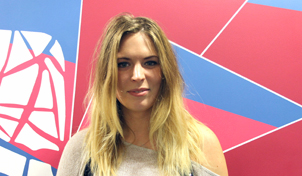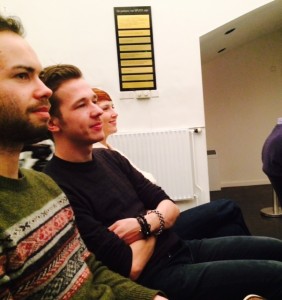 Armed with a notebook we attended the last lecture in a series of three: ‘ Digital Humanities: hype of revolutie?’ at Spui 25. Guided by moderator Sandra Rottenberg, different scientists gave their views on developments in the digitalization of science. This consequently means new research questions, analyzations and new possibilities in applying research. On the 6th of February 2014 social media as a valuable source of information for traditional media formed the central theme. Piek Vossen (VU), Eric Borra (UvA) and Richard Rogers (UvA) were asked to speak, and we were attending.
Armed with a notebook we attended the last lecture in a series of three: ‘ Digital Humanities: hype of revolutie?’ at Spui 25. Guided by moderator Sandra Rottenberg, different scientists gave their views on developments in the digitalization of science. This consequently means new research questions, analyzations and new possibilities in applying research. On the 6th of February 2014 social media as a valuable source of information for traditional media formed the central theme. Piek Vossen (VU), Eric Borra (UvA) and Richard Rogers (UvA) were asked to speak, and we were attending.
Piek Vossen discussed the way flows of information are changing; on the one hand news gets spread faster than before and gets spread through multifarious ways. Although news gets transferred through these multiple channels, evidently these channels all rely on the same sources and opinion leaders. Which is notable because the general conviction is that anyone can be a new source, but apparently everyone is just copying from the same sources. Therewith, this means that information is much more vulnerable for subjective changes.
Also editors of Pauw en Witteman, Wieneke van Vucht en Herman Meijer, joined the conversation. In collaboration with the University of Amsterdam they are constantly asking themselves how to incorporate social media in their established format; would it really be of additional value? And if it is, how should they use it and in what form? Borra and Rogers developed a social media analyzing tool in order to answer this question. Analyzing twitterers in terms of demographics, finding who functions as opinion leader, and analyzing the nature and sentiment of messages should show how to use social media in its most efficient way.
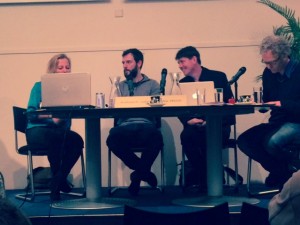 Not every implementation proved to be successful. Real time Twitter messages appeared to be very disturbing on multiple levels. Distracting when showing up meanwhile broadcasting and therewith predominated by abusive and vulgar use of language. Although adding a second screen doesn’t seem to be Pauw and Witteman’s cup of tea, crowdsourcing as a specific digital tool proved to be successful when used in a specific form. Surprisingly the outcome of the imbedding of social media proved to be more difficult than just implementing a digital layer. For once and for all this case proves that social media aren’t standalone miracles that improve traditional media formats. They have be accommodated to specific needs and changing media ecology and together morph into a more integrated and balanced whole. Overall, the lecture was very informative, although we had slightly different expectations. We namely thought that the lecture would be about an exploration in the new scientific field in Digital Humanities, on the level of new research techniques, data management and visualizations.
Not every implementation proved to be successful. Real time Twitter messages appeared to be very disturbing on multiple levels. Distracting when showing up meanwhile broadcasting and therewith predominated by abusive and vulgar use of language. Although adding a second screen doesn’t seem to be Pauw and Witteman’s cup of tea, crowdsourcing as a specific digital tool proved to be successful when used in a specific form. Surprisingly the outcome of the imbedding of social media proved to be more difficult than just implementing a digital layer. For once and for all this case proves that social media aren’t standalone miracles that improve traditional media formats. They have be accommodated to specific needs and changing media ecology and together morph into a more integrated and balanced whole. Overall, the lecture was very informative, although we had slightly different expectations. We namely thought that the lecture would be about an exploration in the new scientific field in Digital Humanities, on the level of new research techniques, data management and visualizations.



